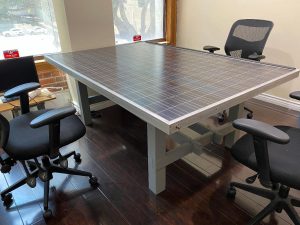In This Issue
- Flanigan’s EcoLogic: Big Time Renewables
- Biking in the Pandemic
- Micro-Schooling
- High Speed Rail to Vegas
- Portland’s Virtual Power Plant
- Big Energy Storage
- Dave Freeman’s SMUD Legacy
- Paper Bottles
- Wireless EV Charging
- EcoMotion Works
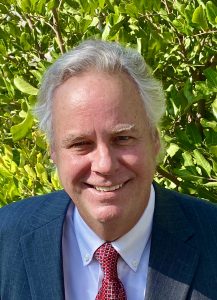
Flanigan’s EcoLogic: Big Time Renewables
Great news, especially for those of us proud of New York roots. July 21st, Vice President Al Gore was at New York Governor Andrew Cuomo’s side to witness the signing of a bill for the largest combined renewable energy solicitation in the United States. It calls for 4,000 MW of clean energy made up of 2,500 MW of offshore wind and 1,500 solar in increments of 20 MW and up. This is big time renewables… what many of us have dreamed to come true. The bill is expected to spur $7 billion in direct investments and to create 4,500 jobs on the path to meeting New York’s climate protection goals.
This is New York’s second offshore wind solicitation, the first was in 2018 for 1,700 MW. This one involves incentives for a multi-port strategy linking winning contractors with select New York seaports eager for economic development and to coordinate operations and maintenance activities for the offshore wind operations. The solicitation and its results will bring New York halfway to meeting its 9,000 MW goal for renewable power by 2035. The State is also on track to secure 70% of its power requirement from renewables by 2030.
New York’s clean energy action, and similar actions around the country are making waves. The Energy Information Administration of the U.S. DOE announced in May that renewables provided 25.3% of the country’s power… topping one-quarter of our national power thirst for the first time ever.
For those of us deeply concerned about the state of the climate and our planet, Presumptive U.S. Presidential Candidate Joe Biden’s $2 trillion proclamation – supporting clean energy jobs and infrastructure — is big-time and welcome news. It’s a platform that excite me, potentially resulting in a massive focus and infusion in the clean energy sector that’s so ripe for scale.
I’ve admired Washington Governor Jay Inslee for his concern and commitment. In my view, the plan that he championed was spot on. Love the spirit of the Green New Deal. These are the foundations of Biden’s new plan. Now we have a presidential candidate using clean energy and the energy industry’s critical transformation to being carbon-free, to stimulate the economy. It’s a smart way to address the dual post-pandemic economic and climate challenges.
The Biden plan is “big and bold.” Imagine a…
- $2 trillion investment over four years in infrastructure, transit, buildings, housing, and agriculture creating a million new jobs.
- Pledge to eliminate carbon pollution from power plants by 2035.
- Requirement that all new buildings have net-zero emissions by 2030.
- Plan to install 500 million solar panels and 60,000 wind turbines over the next 5 years.
- Cutting emissions in half from existing buildings with energy efficiency upgrades.
This EcoNet News issue presents futuristic concepts that are no longer futuristic: Plastic bottles replaced with paper bottles? Bike lanes replacing lanes of traffic heretofore reserved for cars? Wireless EV charging? The issue is about beating aggressive targets… SMUD accelerating its carbon neutrality goal by a decade. Now Biden accelerating his primary climate platform by 15 years and boosting it from $170 billion a year, to $500 billion a year. He gets it. The climate emergency is serious stuff that needs huge attention right now.

 A small but shining silver lining… the Corona virus has accelerated the shift to pedal power in Europe and the United States. The German Cycling Association (ADFC) reports that Germans across the country are spending twice as much time biking as they were before the pandemic. There is surging demand for bikes and shared-bike subscriptions, and now even shortages throughout bicycle supply chain. For bike shops it’s an unprecedented boom. So much so that it requires cities to improve their biking infrastructure.
A small but shining silver lining… the Corona virus has accelerated the shift to pedal power in Europe and the United States. The German Cycling Association (ADFC) reports that Germans across the country are spending twice as much time biking as they were before the pandemic. There is surging demand for bikes and shared-bike subscriptions, and now even shortages throughout bicycle supply chain. For bike shops it’s an unprecedented boom. So much so that it requires cities to improve their biking infrastructure.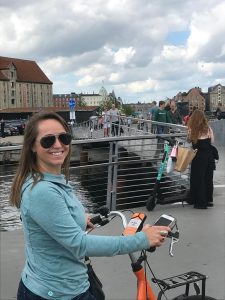
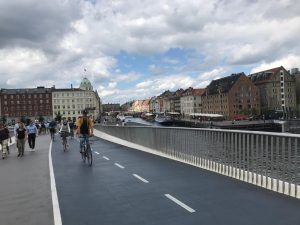



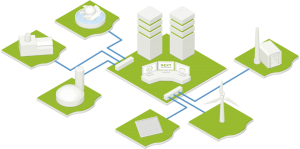 The notion of a virtual power plant is reminiscent to me of the days of the residential power plant powered by energy efficiency. Today’s virtual power plants, however, are all about distributed energy storage. Imagine batteries in every home to mollify spikes in the grid, to optimize on renewable’s intermittent production, and if the grid goes down, to provide homeowners with a modicum of resilience… 12 – 18 kWh of it!
The notion of a virtual power plant is reminiscent to me of the days of the residential power plant powered by energy efficiency. Today’s virtual power plants, however, are all about distributed energy storage. Imagine batteries in every home to mollify spikes in the grid, to optimize on renewable’s intermittent production, and if the grid goes down, to provide homeowners with a modicum of resilience… 12 – 18 kWh of it! Well, let’s hand it to Dave…. After all, he was the captain of the ship when SMUD (the Sacramento Municipal Utility District) ditched nuclear at Rancho Seco and went instead with efficiency and renewables. That’s S. (for Simon) David Freeman. He was prescient. My colorful, witty, and ruthless former boss at LADWP, he recently passed away after a brilliant career with many meaningful contributions to public service. Under his quite-revolutionary direction, SMUD became a cutting-edge utility, and still is. He set the tone years ago… to accomplish the unthinkable ahead of schedule.
Well, let’s hand it to Dave…. After all, he was the captain of the ship when SMUD (the Sacramento Municipal Utility District) ditched nuclear at Rancho Seco and went instead with efficiency and renewables. That’s S. (for Simon) David Freeman. He was prescient. My colorful, witty, and ruthless former boss at LADWP, he recently passed away after a brilliant career with many meaningful contributions to public service. Under his quite-revolutionary direction, SMUD became a cutting-edge utility, and still is. He set the tone years ago… to accomplish the unthinkable ahead of schedule.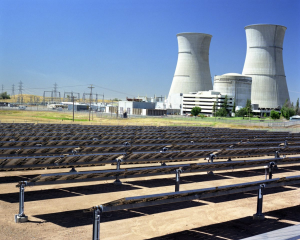

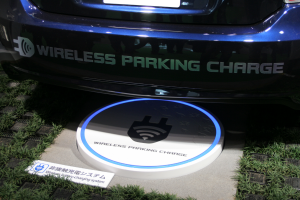 Wireless EV Charging has been discussed for some time. Inductive charging works for smart phones and electric toothbrushes. There have been efforts to develop it for cars by Kia and BMW. Jaguar considered incorporating wireless charging for its Norwegian taxi industry and its new I-Pace. Now an Australian company by the name Lumen Freedom has become first in the world to receive certification that allows for public use of wireless car charging.
Wireless EV Charging has been discussed for some time. Inductive charging works for smart phones and electric toothbrushes. There have been efforts to develop it for cars by Kia and BMW. Jaguar considered incorporating wireless charging for its Norwegian taxi industry and its new I-Pace. Now an Australian company by the name Lumen Freedom has become first in the world to receive certification that allows for public use of wireless car charging.